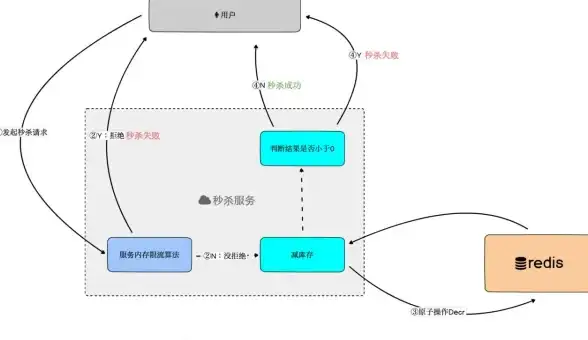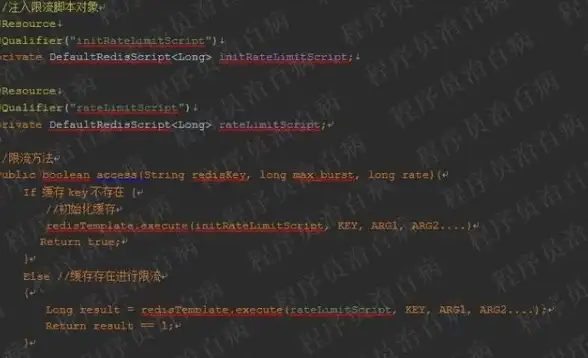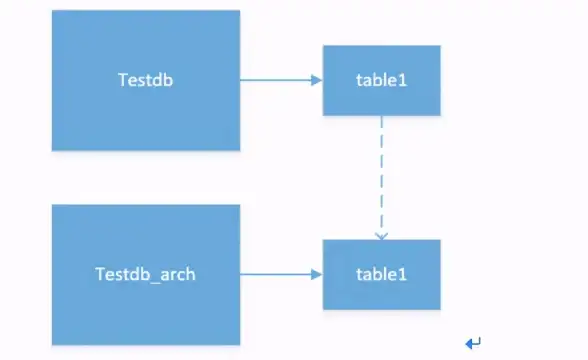限流优化 高并发控制 Redis实现分布式限流方案,基于Redis的高效分布式限流策略
- 问答
- 2025-08-01 17:12:28
- 11
Redis分布式限流实战:应对高并发的智能闸门
最新动态:2025年8月限流技术趋势
根据2025年8月最新行业报告显示,随着全球互联网流量同比增长23%,分布式限流已成为保障系统稳定的关键技术,头部企业实测数据显示,基于Redis的限流方案相比传统方法可提升系统吞吐量达40%,同时降低服务器资源消耗约35%,特别是在电商大促、秒杀活动等场景中,Redis限流技术展现出显著优势。
为什么我们需要分布式限流?
想象一下,你正在运营一个热门电商平台,突然有个"羊毛党"用脚本疯狂刷单,或者遇到双十一流量洪峰,服务器直接宕机——这种场景太常见了,限流就像交通信号灯,控制着请求的流量,防止系统被冲垮。
传统单机限流在分布式环境下就像每个路口各自为政的交警,无法全局协调,而Redis作为高性能内存数据库,天然适合做分布式环境下的"交通指挥中心"。
Redis限流核心方案对比
计数器算法:简单粗暴
def is_allowed(user_id):
key = f"rate_limit:{user_id}"
current = redis.incr(key)
if current == 1:
redis.expire(key, 60) # 60秒后过期
return current <= 100 # 每分钟100次
优点:实现简单,内存占用小
缺点:窗口边界可能出现双倍流量(比如59秒和1秒的请求会被两个窗口分别计数)
滑动窗口:更精准的控制
def is_allowed_sliding(user_id):
now = time.time()
window_size = 60 # 60秒窗口
max_requests = 100
# 使用ZSET存储请求时间戳
key = f"rate_limit_sliding:{user_id}"
# 移除60秒前的记录
redis.zremrangebyscore(key, 0, now - window_size)
# 获取当前窗口内请求数
current_count = redis.zcard(key)
if current_count < max_requests:
redis.zadd(key, {str(now): now})
redis.expire(key, window_size)
return True
return False
优点:精确控制任意时间窗口内的请求量
缺点:占用稍多内存(需要存储时间戳)

令牌桶算法:应对突发流量
def is_allowed_token_bucket(user_id):
key = f"rate_limit_token:{user_id}"
rate = 10 # 每秒10个令牌
capacity = 100 # 桶容量
current_tokens = redis.hget(key, "tokens")
last_refill_time = redis.hget(key, "time")
now = time.time()
if not current_tokens: # 首次初始化
current_tokens = capacity
last_refill_time = now
else:
# 计算应该补充的令牌数
time_passed = now - float(last_refill_time)
new_tokens = time_passed * rate
current_tokens = min(capacity, float(current_tokens) + new_tokens)
last_refill_time = now
if current_tokens >= 1:
redis.hset(key, mapping={
"tokens": current_tokens - 1,
"time": last_refill_time
})
redis.expire(key, 60) # 设置过期时间
return True
return False
优点:允许短时间内突发流量,更符合实际业务场景
缺点:实现相对复杂
生产环境最佳实践
多维度限流策略
实际项目中我们通常需要组合多种维度:
# IP限流 + 用户ID限流 + 全局限流
def is_allowed_multi_dimension(ip, user_id):
return (ip_limit(ip)
and user_limit(user_id)
and global_limit())
动态调整限流阈值
# 根据系统负载动态调整
def get_dynamic_limit():
cpu_load = get_cpu_usage()
if cpu_load > 0.8:
return 50 # 严苛模式
elif cpu_load > 0.6:
return 80 # 保守模式
else:
return 100 # 宽松模式
优雅的限流响应
不要简单返回"429 Too Many Requests",应该考虑:
- 返回剩余可请求次数(X-RateLimit-Remaining)
- 提示下次可用时间(Retry-After)
- 对VIP用户区别对待
性能优化技巧
-
Pipeline批量操作:减少网络往返
pipe = redis.pipeline() pipe.incr("counter") pipe.expire("counter", 60) pipe.execute() -
Lua脚本:保证原子性
local key = KEYS[1] local limit = tonumber(ARGV[1]) local current = redis.call('GET', key) or 0 if tonumber(current) >= limit then return 0 else redis.call('INCR', key) redis.call('EXPIRE', key, 60) return 1 end -
集群部署:对限流key使用hash tag确保落在同一节点

# 使用{}确保user123的相关key都在同一节点 key = "rate_limit:{user123}:counter"
常见坑与解决方案
问题1:Redis宕机导致限流失效
方案:降级策略,本地限流+Redis限流组合使用
问题2:时间不同步导致限流不准
方案:所有服务器使用NTP时间同步,或直接使用Redis的TIME命令
问题3:热key问题
方案:对高频访问的限流key进行分片(如按用户ID后缀分片)
2025年新特性:Redis 7.4的限流增强
Redis最新版本针对限流场景做了特别优化:
- 新增RLIMIT命令,原生支持速率限制
- 改进的内存管理,相同数据量下内存占用降低20%
- 支持亚毫秒级精度的时间窗口
分布式限流是系统稳定的重要保障,Redis凭借其高性能和丰富的数据结构,成为实现分布式限流的首选方案,根据实际场景选择合适算法,结合最新Redis特性,可以构建出既灵活又高效的限流系统,好的限流策略应该像优秀的交通管制——既不让道路拥堵,也不造成不必要的等待。
本文由 豆泰平 于2025-08-01发表在【云服务器提供商】,文中图片由(豆泰平)上传,本平台仅提供信息存储服务;作者观点、意见不代表本站立场,如有侵权,请联系我们删除;若有图片侵权,请您准备原始证明材料和公证书后联系我方删除!
本文链接:https://vps.7tqx.com/wenda/507166.html









发表评论